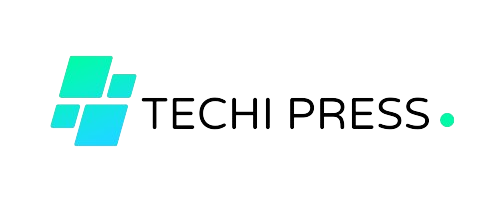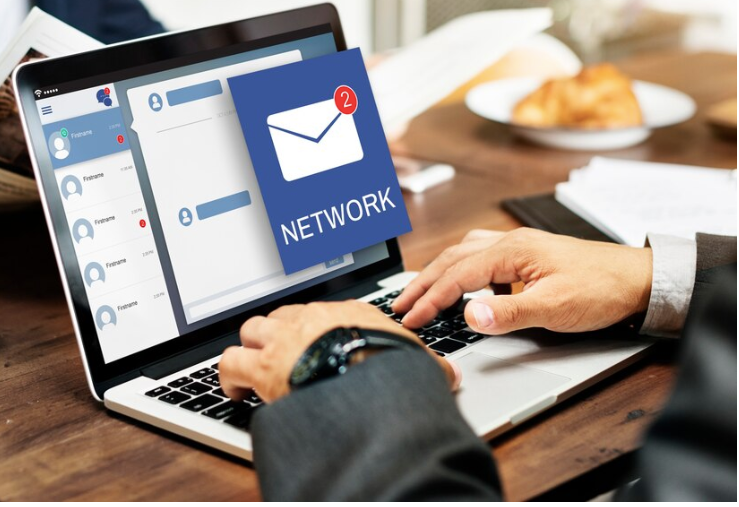What is Cold Outreach?
Cold outreach strategic approach or technique is majorly used to establish communication with a potential client, partner or lead who have no prior relationship with you. When conducted properly, it can create opportunities of doing business with other companies, partnerships and other cooperations. This guide will describe all the stages of a successful cold outreach campaign.
Key Characteristics of Cold Outreach
- No Prior Relationship: The targets in your marketing messages are random persons or businesses with whom you or your business have never communicated.
- Proactive Engagement: It is proactive, or intrusive in a way, since you are the one who start the communication with the prospects.
- Personalization: The basic principle of cold outreach is that there has been no previous acquaintance between the sender and the recipient; however, to make this kind of outreach successful, one is supposed to create a message that is personalized in an effort to ensure that it finds a favorable response from the receiver.
- Multiple Channels: Cold outreach can be done through electronic means such as the use of emails, calls and social media as well send out printed material to the prospects.
Common Uses of Cold Outreach
Cold outreach is regularly utilised in the following:
- Lead Generation: Usual activities of market: Prospective customer outreach and initiation with a view to acquaint them with your product or service.
- Partnership Development: Contacting the potential business partners or those with whom one may wish to do business with.
- Networking: This is a vital process because it helps the researcher in identifying relevant industry specialists who can be contacted so as to foster professional cooperation.
- Sales: Sell, to go straight and get into contact with the potential customers with an aim of making the sale.
1. Understanding Your Objective
An important precondition for any cold outreach campaign is setting the goal before you begin the campaign. The purpose affects each aspect of the process; from the message that’s sent, the audience to be reached, to defining what amounts to success. Your objective could be to:
- Generate leads for your business
- Schedule to meet with a potential partner
- Promote a product or a service
- Network within your industry
It is simply important, because knowing your objective make it easier to adjust your message and its delivery.
2. Identifying Your Target Audience
Knowing who to target is always the first and critical question to be answered when developing any cold outreach marketing campaign. In order to make the message credible, the sender has to fully understand at least the basic demographics of the intended audience. Consider:
- Demographics: Age: gender: location: job title
- Firmographics: It includes the company size, industry of operation and the amount of revenue received.
- Behavioral: Purchase decisions, wants, needs
When you create a profile of the perfect target, it becomes easier to understand the prospect’s challenges and present a solution. This makes the targeting work effectively in engaging the audience because the recipients are more likely to respond to messages they deem personal to them.
3. Building a Prospect List
After defining your target market, the next step is to gather an extensive list of leads coming to your targeted audience group. This list is the basis for your entire outreach campaign, therefore, it should be made carefully. Some tools that should be employed are ; LinkedIn Sales Navigator, Hunter. I used io, and ZoomInfo to find fresh and reliable contact details. Make sure that prospects added to the list are highly relevant to the target market defined to prevent the list from becoming less relevant and useful over time. By having a good prospect list, not only will your prospects’ outreach be more efficient but your chances of making good contact and fostering good engagements are also improved.
4. Crafting a Compelling Message
Another essential factor that determines the success of the cold outreach is the sort of message that you, the employer, come up with. Your message should be brief and unique while being filled with enough relevant content to grab the attention of the message recipient. Follow these steps:
a. Subject Line
- Ensure that it is catchy, and most importantly, it is about something.
- A good hashtag should not be too long, just 4-7 characters.
- Do not spread out common words such as “Free” or “Urgent”, etc.
b. Introduction
- Tell the details of yourself and your company
- It will be useful to explain how you came across the specified individuals, or why you are contacting them.
c. Value Proposition
- Directly and specifically indicate what you want the recipient to gain.
- Demonstrate how they can benefit from using your product/service to solve their issue.
d. Call-to-Action (CTA)
Sets deadlines for the actions to be done by the recipient (e. g. , let us have a call at this time, please reply to this mail, download from this site).
e. Personalization
- Add some specific aspects which prove you have learned all possible information about the person, e. g. , the recent success of the addressee, mutual friends.
5. Choosing the Right Outreach Channel
The selection of the correct channel will go a long way in determining the interest your cold outreach will attract. In this case, successful messages in one channel may not be the same as in another channel, depending on the users and goals.
- Email: E- mailing is popular in the course of doing business owing to its feasibility and utilization, especially when used personally.
- LinkedIn: LinkedIn is perfect for business connections and business partnerships and it possible to make a connection with a person and message him.
- Phone Calls: Compared with the use of phone calls, the option is somehow more personalized although it is considered intrusive most of the time.
- Social Media: Others include, for instance, the use of the twitter or face book can also be used since most of the influencers or the leaders are usually online.
Anticipating the preference and actions of target clients in determining the right channel to use when conveying a message.
6. Timing and Frequency
The sequence and the rate of communication define its effectiveness. The identification of time that the prospect is likely to be available for communications increases the likelihood of the received message being viewed and acted upon.
- Best Days: Although the heavy business flow is observed throughout the week, the preferred working days are Tuesday, Wednesday, and Thursday.
- Best Times: Either in the mid morning or mid afternoon
- Frequency: In order to avoid the impression that a person has been harassing them one should only follow up 2-3 times if no response is ever given then this should be done at different time intervals of every few days to a week.
7. Follow-Up Strategy
This is why follow-up strategy in cold outreach is critical as first messages are usually lost or ignored most of the time. Therefore, your first follow-up should be a formal reminder which, however, won’t sound intrusive because you’re simply reminding them of your proposal.
- First Follow-Up: Follow up with a friendly reminder that you are still there and continue to offer what you think would be useful to them.
- Second Follow-Up: Provide extra utility (for instance, a case, an article of some sort on the same topic).
- Final Follow-Up: Make people feel that something important will happen if they don’t do it or don’t purchase a product.
8. Tracking and Measuring Success
To understand the efficiency of the cold outreach strategies, tracking and measuring success is critical.
- Open Rates: Open Rate This variable measures the percentage of the target group that opens the email.
- Response Rates: Among recipients, the percent of those that make a response
- Conversion Rates: Proportion of cases that cause a specific behavior
Measuring these metrics is possible with the help of programs like HubSpot, Salesforce, or Mailchimp that will show this data to you. The periodic evaluation of these factors helps one determine what strategies are effective in achieving the outreach’s goals and which strategies are ineffective, hence the need to tweak them from time to time.
9. Refining Your Approach
Cold outreach is not a ‘set it and forget it’ kind of activity but a consistent exercise in learning. One must constantly evaluate the performance of the communicated messages in terms of providing successful or failed elements.
- A/B Testing: Try out a variety of the subject lines, body text, and individual calls to actions
- Feedback: Feedback needs to be analysed to have an idea of what needs to be done and what should not be done.
- Iteration: Never be found wanting in adapting your messaging and communication strategy in line with statistics.
Thus, such refinement process continues, guaranteeing that the cold outreach stays relevant and continues having the desired effect.
10. Compliance and Best Practices
To avoid any legal complications and keep professional levels of your cold Emails, it is important to assess the legal requirements for the cold outreach and its application of the industry standards.
- GDPR and CAN-SPAM Act: Acquire authorization, ensure that one can opt out
- Professionalism: Perhaps the most important thing is to be polite and cautious in relation to members of the community.
- Relevance: Always ensure that your message is of importance to the recipient
Benefits of Cold Outreach
- Expands Reach: Can assist reach people that may not necessarily be your friends or followers on social media.
- Generates New Opportunities: Creates more accessibility to new business ventures that would otherwise, you would not meet.
- Builds Awareness: Raises brand, product or service recognition by the target customers or prospective business partners.
- Cost-Effective: Usually cheaper than other kinds of promotions, especially if carried out by e-mail or in the social networks.
Challenges of Cold Outreach
- Low Response Rates: Cold outreach generally tends to have poorer response rates compared to warm outreach which is when prior contact has been made.
- Perception as Spam: If not well handled, the outreach might come off as spammy and hence might annoy instead of attracting the consumers.
- Time-Consuming: It takes time to write customized messages and also follow up on them.
Closing Thoughts!
Cold outreach when done right, stands to be one of the most effective ways of extending your business front and creating new leads. Theoretically, thanks to a clearly defined goal, the definition of the audience, the creation of emotional and rational appeals, the identification of the proper means of communication, as well as the constant analysis of the results, it is possible to approach potential clients and partners successfully. One must not forget to monitor the success statistics, continue the actions in a proper sequences, and meet the legal requirements. To sum up, it is crucial to be persistent, customize, and be professional while you are performing cold emails which helps to open the doors to new connections and potential business opportunities.


